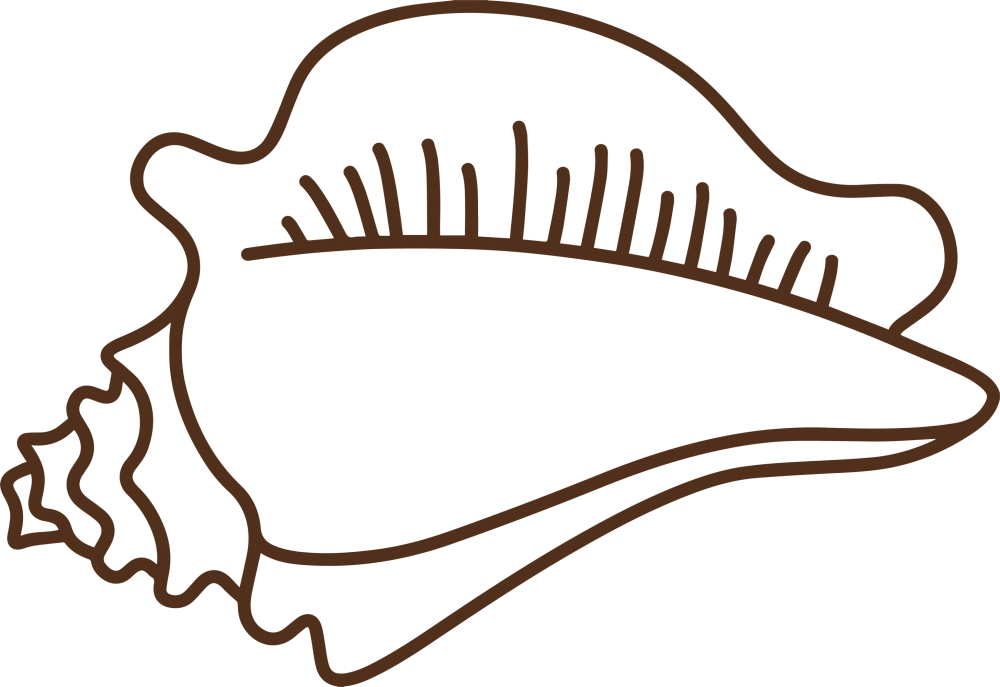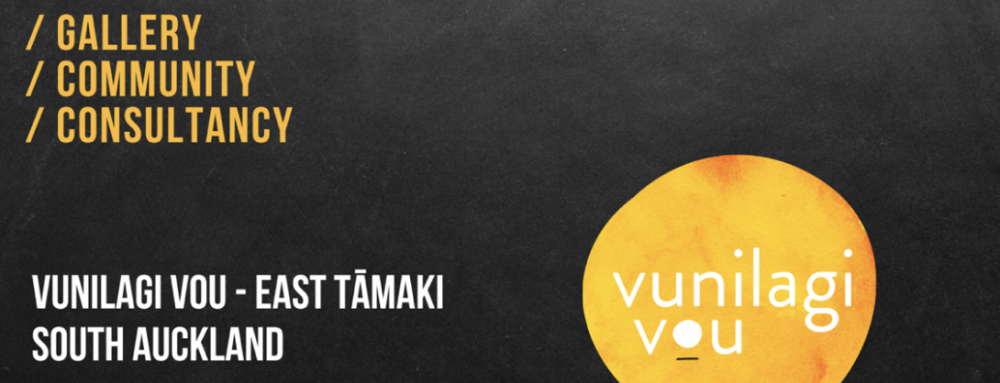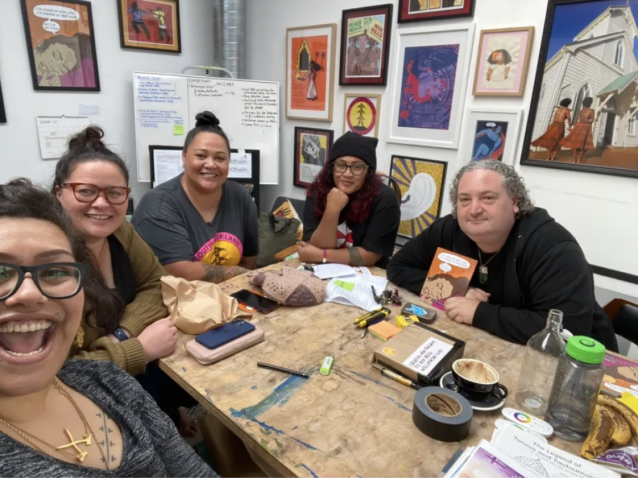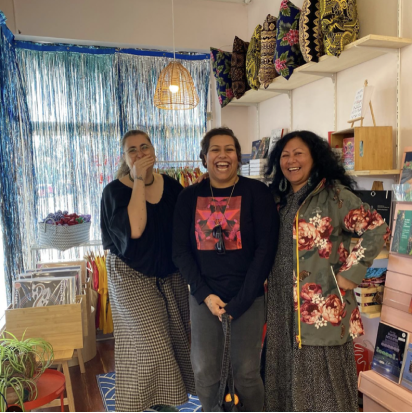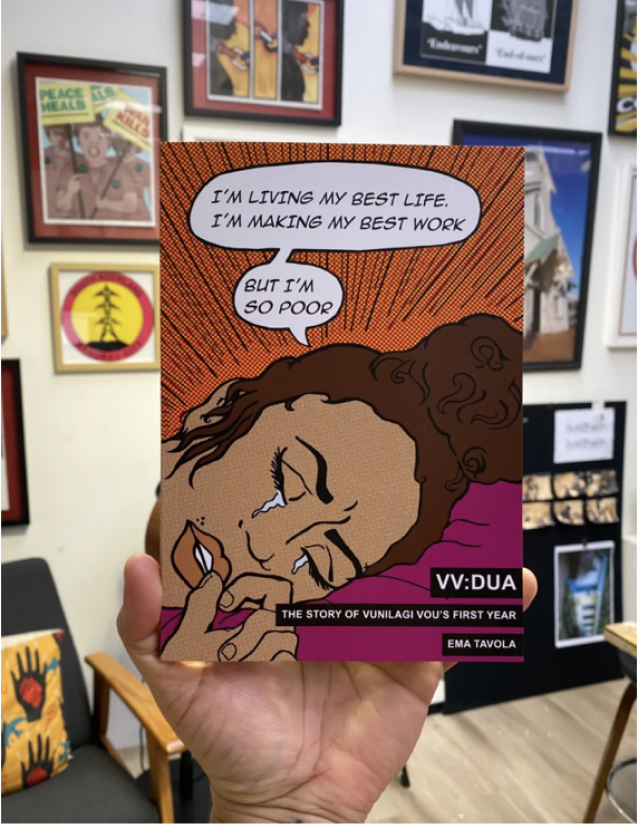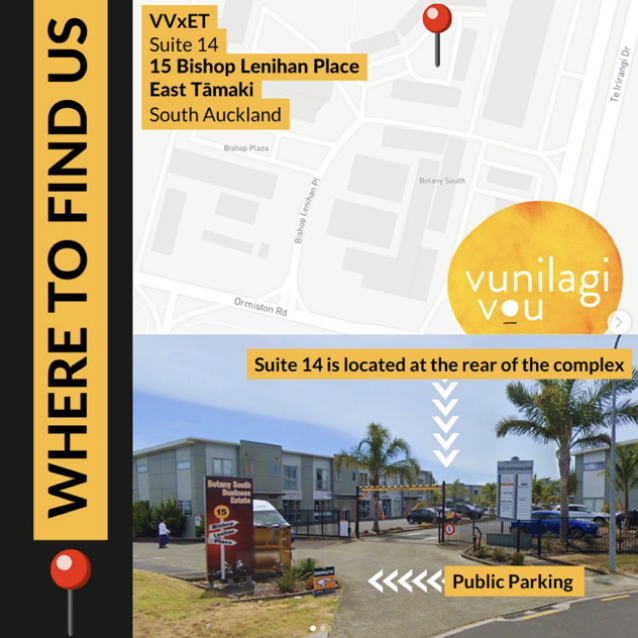This talanoa series features mana wāhine from the Moana Nui a Kiwa creative sector, who have cut their own paths as entrepreneurs and culturally accountable practitioners; Ema Tavola from Vunilagi Vou; Kolokesa Uafā Māhina-Tuai, Hikule‘o Fe‘aomoeako Melaia Māhina and Toluma’anave Barbara Makuati-Afitu from Lagi-Maama; and Hina Kneubuhl from Kealopiko.
Each post is an outcome of a talanoa between them and the Moana Fresh Team (Ahilapalapa Rands, Vaimaila Urale and Claudia Jowitt) about their experiences developing a sustainable creative enterprise grounded in Pacific kauapapa.
We also want to acknowledge Jessica Palalagi’s guidance and Taualofa Totua’s writing as contributors to this project.

